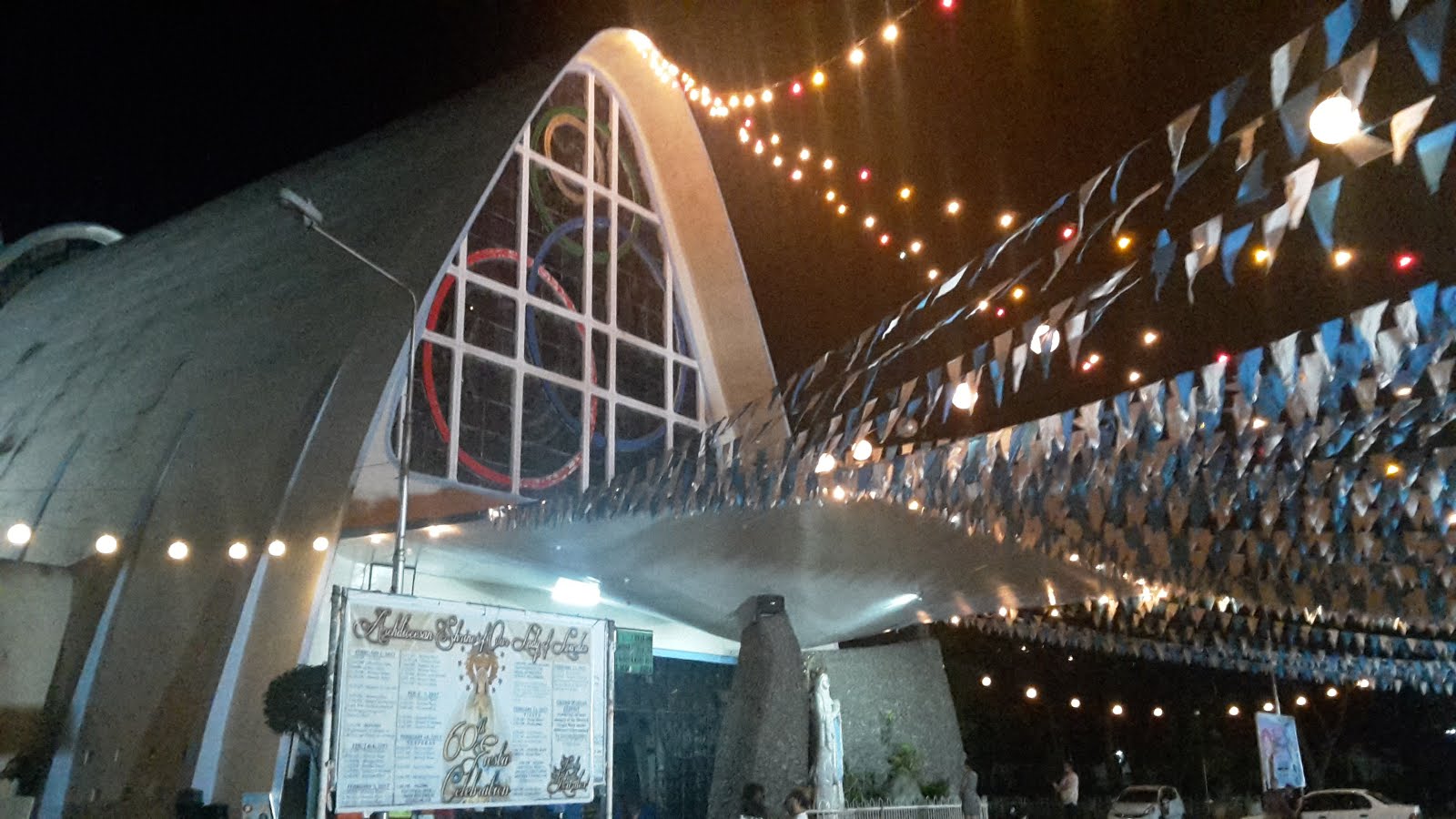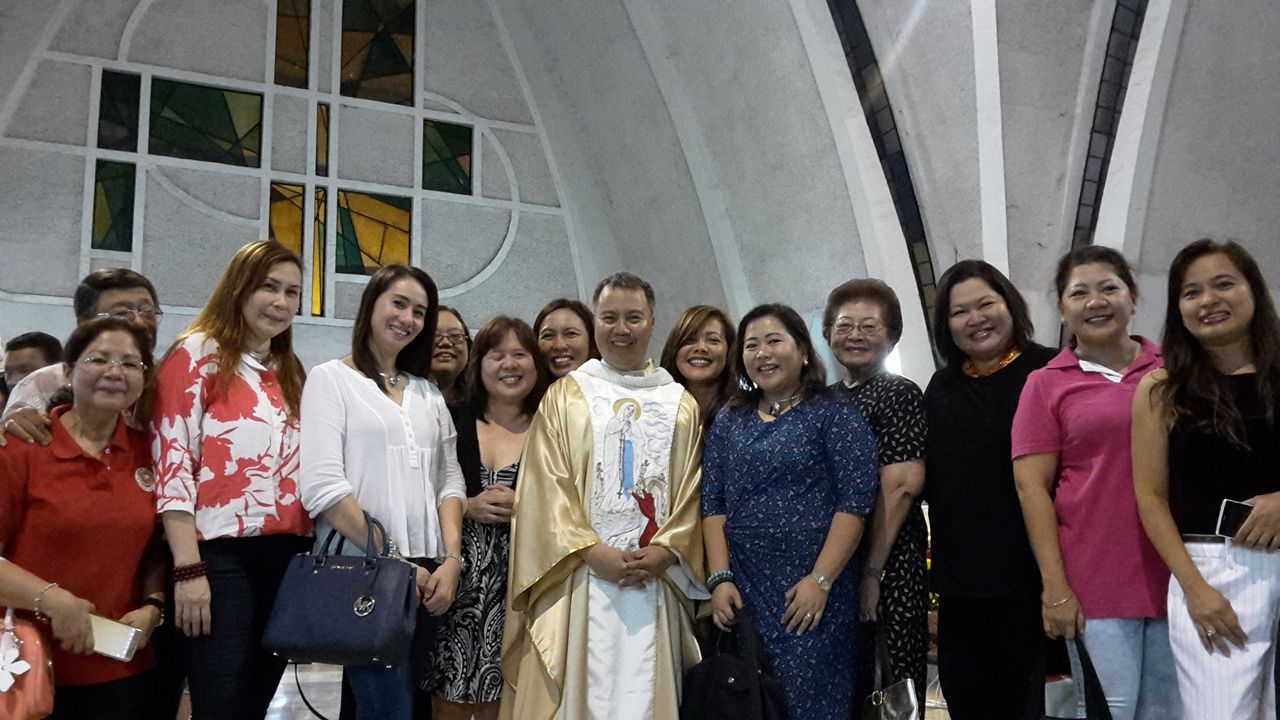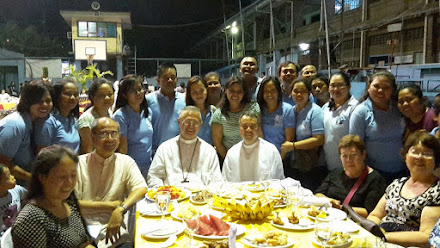A story is told that some years ago an American soldier on a bus in Sweden told the man sitting next to him: "America is the most democratic country in the world. Ordinary citizens may go to the White House to see the President and discuss things with him."
The man siad: "That's nothing. Here in Sweden, the King and the people travel on the same bus..." When the man got off the bus, the American was told by the other passengers that the man he was talking to, sitting right beside him was actually King Gustav Adolf IV, King of Sweden!
Today we celebrate Christ the King. Like King Gustav of Sweden, our King looks so ordinary that often times we take him for granted. We even ignore him and disrespect Him. That's not something new to Jesus. In His lifetime people rejected Him because He was so ordinary and common place. He seemed to be weak and powerless. So He was scorned, humiliated and mocked. He was nailed to the cross and insulted as "King of the Jews."
In reality Jesus is the King of the universe. He is the Alpha and the Omega - the Beginning and the End. He is the Omnipotent One who will rule forever. He is the same yesterday, today and forever.
There are 3 challenges Jesus is presenting to us today:
1. Let Jesus reign in our lives. We ask ourselves who's authority we listen to daily? Common culture bases its authority in media and fashion. I think we should listen more to the voice of Jesus if He should be our King.
2. Scripture tells us Jesus is faithful. So God calls us to be faithful not famous or rich or influential. Life is not about us -- its about honoring God and giving him the glory. Thus we have to glorify God in every aspect and area of our lives: at home, in school, at work, in the market place -- anywhere, everywhere, anytime and all the time!
3. Let us strive to live a life that matters. I received a text message which says: "We can't do anything about the length of our life. But we can do something about its width and depth." So we live our lives to the fullest with depth and with direction.
To God be the glory! Amen.
The man siad: "That's nothing. Here in Sweden, the King and the people travel on the same bus..." When the man got off the bus, the American was told by the other passengers that the man he was talking to, sitting right beside him was actually King Gustav Adolf IV, King of Sweden!
Today we celebrate Christ the King. Like King Gustav of Sweden, our King looks so ordinary that often times we take him for granted. We even ignore him and disrespect Him. That's not something new to Jesus. In His lifetime people rejected Him because He was so ordinary and common place. He seemed to be weak and powerless. So He was scorned, humiliated and mocked. He was nailed to the cross and insulted as "King of the Jews."
In reality Jesus is the King of the universe. He is the Alpha and the Omega - the Beginning and the End. He is the Omnipotent One who will rule forever. He is the same yesterday, today and forever.
There are 3 challenges Jesus is presenting to us today:
1. Let Jesus reign in our lives. We ask ourselves who's authority we listen to daily? Common culture bases its authority in media and fashion. I think we should listen more to the voice of Jesus if He should be our King.
2. Scripture tells us Jesus is faithful. So God calls us to be faithful not famous or rich or influential. Life is not about us -- its about honoring God and giving him the glory. Thus we have to glorify God in every aspect and area of our lives: at home, in school, at work, in the market place -- anywhere, everywhere, anytime and all the time!
3. Let us strive to live a life that matters. I received a text message which says: "We can't do anything about the length of our life. But we can do something about its width and depth." So we live our lives to the fullest with depth and with direction.
To God be the glory! Amen.


